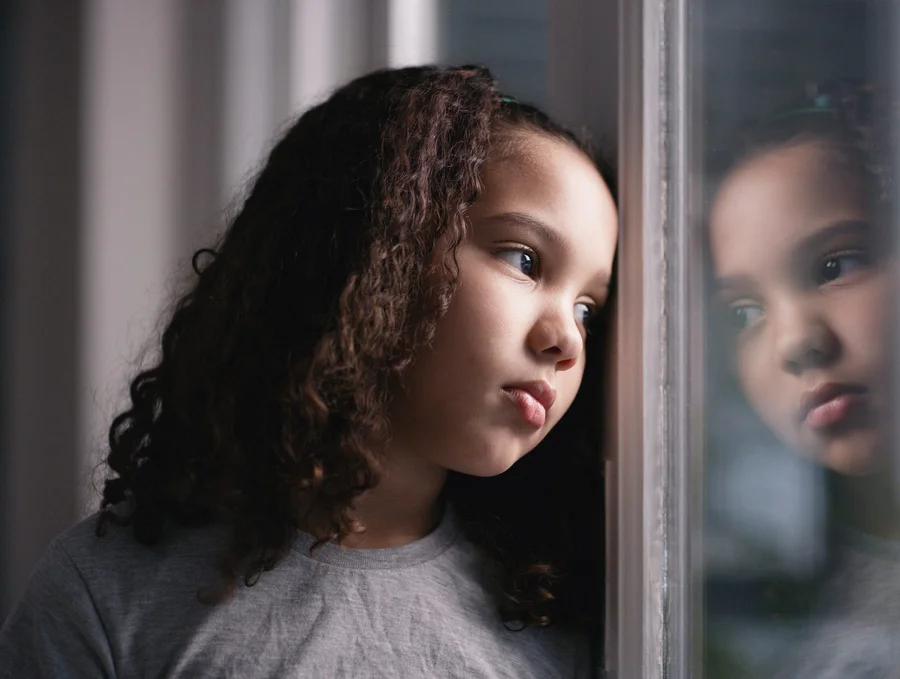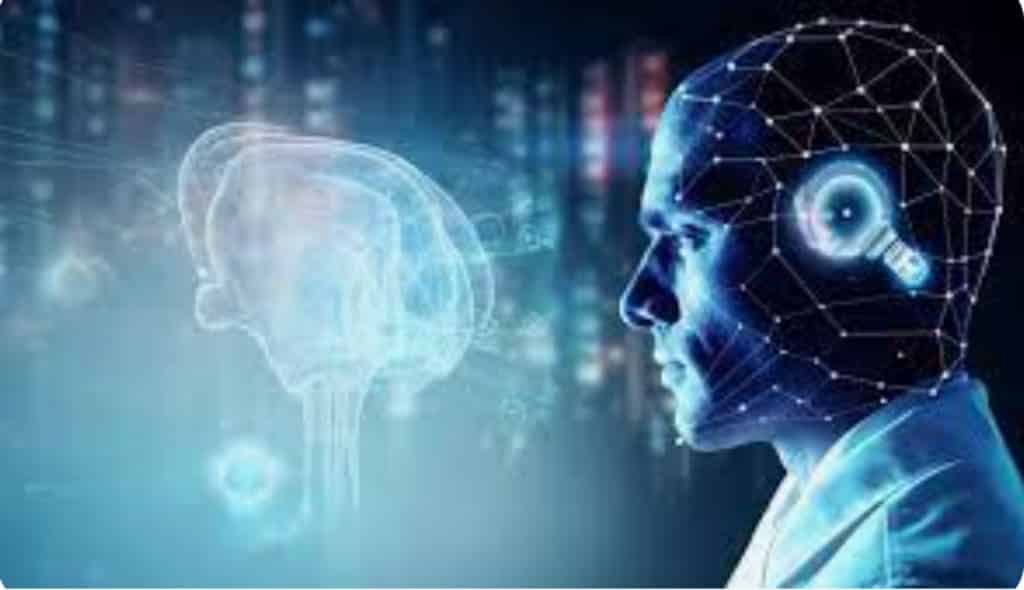McKinsey & Company and The Child Mind Institute explore paediatric psychiatry in solving childhood mental health disorders with AI.
15,000 kids are affected by childhood cancer each year in the USA, compared to 17m kids who have a mental health disorder.
Harold Koplewicz, Founder, President and Medical Director of The Child Mind Institute, has always been struck that the cure for cancer receives more respect, funding and research than mental health disorders. While both are worthy of healthcare’s attention, concerns about child and adolescent mental health are increasing globally.
McKinsey’s innovation leader, Erik Roth, met with Harold to discuss this further, as well as how McKinsey is using advanced imaging technologies and AI to help transform diagnosis of psychiatric illness and treatment of psychological disorders.

Addressing the urgent shortage of mental health resources for children and adolescents
The Child Mind Institute is an independent nonprofit on a mission: to transform the lives of children and adolescents who struggle with mental health or learning disorders, by looking at care, science and education.
“The scope and seriousness of the problem being left unsolved have been something the world has had trouble wrapping its arms around. The most common illnesses of childhood and adolescence are mental health disorders,” says Harold.
In the United States alone, 20% of kids struggle with mental health disorders, yet 70% of counties do not have a single childhood or adolescent psychiatrist. For those that do, it takes an average of eight years from the first symptoms of either a behavioural or emotional disorder, for a child to get seen by a clinician.
“Because of a lack of resources, the problem with stigma and the misconceptions and distortions about how real, common and treatable these disorders are, we now have what is truly an epidemic of childhood and adolescent mental health problems, which have only been made worse by COVID-19,” Harold continues.
The urgent need for evidence-based care in child and adolescent mental health
Harold is clear that there is a need for more healthcare providers who understand what evidence-based care is.
“We don’t have parents, educators, or even paediatricians who are able to recognise the signs and symptoms of these mental health disorders, which are always easier to treat when the symptoms are newer than when they’re chronic.”
One of the major things Harold wants to see in child mental health and child psychiatry is an objective test. For example, in other areas of medicine, there are blood tests used to identify health problems. Child and adolescent mental health need such objectivity.
“Historically in the United States we have been overwhelmingly influenced by the work of Sigmund and Anna Freud, who did their work in the 1930s and 1940s. They put forward the idea that there’s an unconscious,” explains Harold.
IN MODERN HEALTHCARE, THAT FIELD OF THOUGHT HAS MOVED TO MORE EVIDENCE-BASED CARE:
- Behavioural therapy
- Cognitive behavioural therapy
- Dialectical behavioural therapy.
“When we do psychoanalytic therapy on kids, we interpret their play, rather than their dreams. Again, it’s the same approach whether the child has ADHD, adolescent depression or separation anxiety,” he says.
At the Child Mind Institute, the focus is to build diagnostic tools for child and adolescent mental health.
The Child Mind Institute’s quest for diagnostic breakthroughs in paediatric psychiatry, using AI
Harold sees AI as being a helpful tool for finding this breakthrough. The Healthy Brain Network, led by Chief Science Officer Michael Milham, has built an open database of over 7,600 children which contain MRIs of their brains and other data.
“We have so much data that we haven’t even analysed all of yet, so the fact that we now have AI and that it’s an open database will most likely accelerate the research,” adds Harold. “Just by looking at MRIs we can tell you the difference between 100 kids with ADHD and 100 kids with autism and 100 kids who have both ADHD and autism. But we still can’t tell you just by looking at one scan what a kid has.”
The institute hopes to develop an instant test, showing that a patient either has it or they don’t. If the test confirms a diagnosis, there will, one day, be an antibiotic to make it disappear.
“That’s the breakthrough we’re looking for, a test that can tell us this kid has ADHD and this kid has depression and this kid has anxiety disorder,” says Harold.
Whether the intervention is a pill or it’s psychosocial, the goal is to support those 17m kids.



